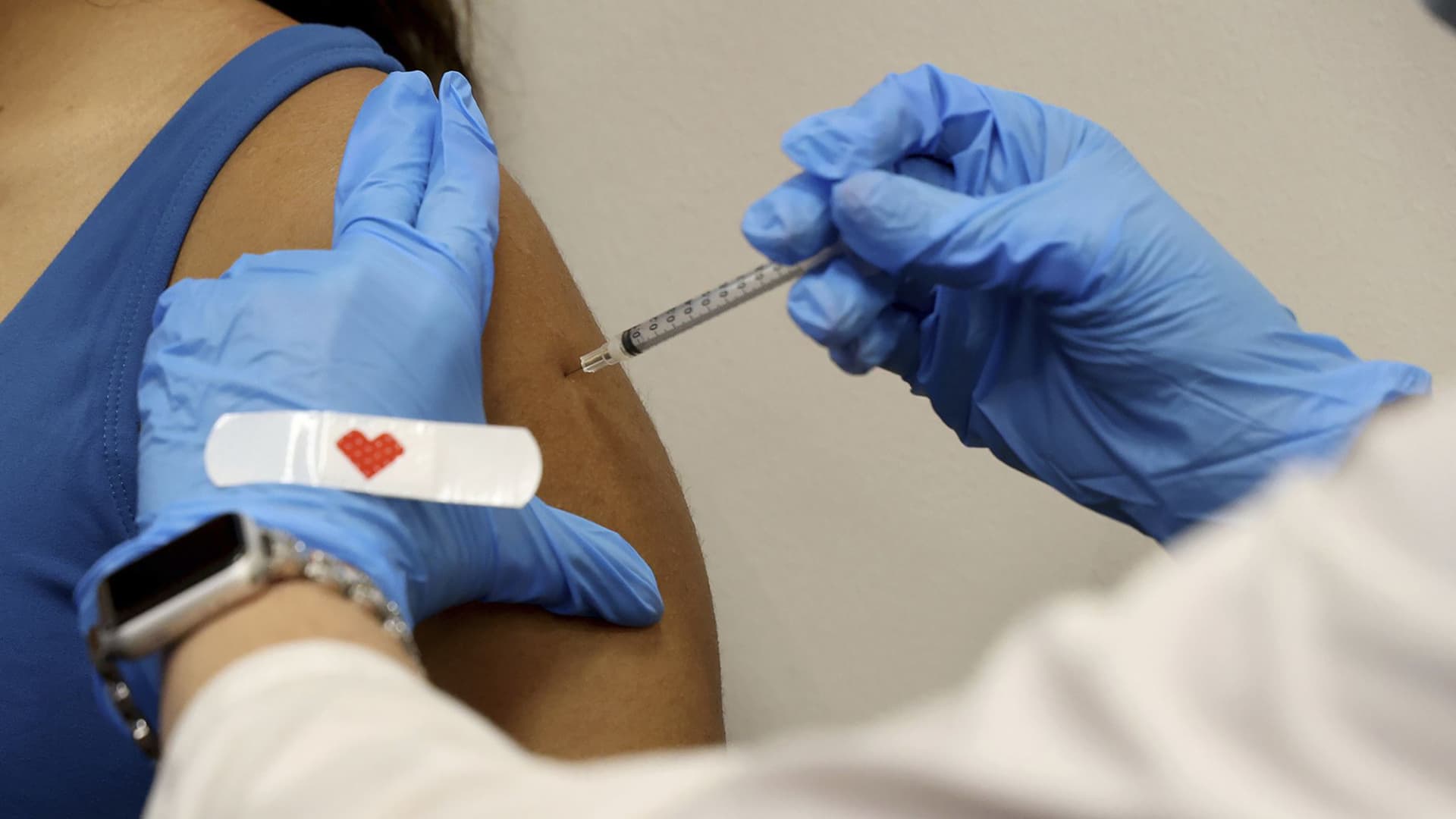A Chicago CVS store pharmacist will be administering COVID-19 booster doses in the upcoming months. However, many Americans may not be willing to receive these booster shots due to pandemic fatigue, the belief that COVID-19 is no longer a concern, and confusion regarding personal risk levels. To combat this, public health officials and healthcare providers should focus on communicating a new message: COVID-19 vaccines will become a routine part of protecting one’s health in the future.
In September, vaccine manufacturers Pfizer, Moderna, and Novavax are expected to release new single-strain COVID-19 shots targeting the omicron subvariant XBB.1.5, which is the most immune-evasive strain thus far. Encouraging people to take these new shots will be challenging, considering the slow uptake of previous shots. Only 17% of the U.S. population, approximately 56 million people, have received the Pfizer and Moderna vaccines since their approval in September 2020. Less than half of adults aged 65 and older have received the shots, and the rates for other age groups are around 20%.
While Pfizer, Moderna, and Novavax have not provided specific estimates regarding the uptake of the new shots, Pfizer expects 24% of the population, or 79 million people, to receive vaccine doses in 2023. Novavax has already started manufacturing and stockpiling materials for the upcoming launch.
Pandemic fatigue and the mistaken belief that the pandemic is over could hinder people from getting vaccinated this fall. Polls conducted by Gallup and Ipsos and Axios have shown that many Americans no longer worry about contracting the virus. It is essential to emphasize the personal benefits of receiving an additional vaccine this fall.
Confusion regarding personal COVID-19 risks and benefits is another factor that may hamper vaccine uptake. Different individuals have different circumstances and risk levels, leading to uncertainty and hesitation. Clear communication from health officials and healthcare providers is crucial but may prove challenging due to the individualized nature of these circumstances.
The CDC has not recommended the updated shots to specific groups yet, and confusion may persist even after eligibility guidelines are formalized. High-risk individuals may benefit more from these shots, but their circumstances can vary. Some high-risk individuals may have recently received a fifth vaccine dose, delaying their ability to receive the updated vaccine. Healthy adults with four doses may be uncertain about the benefits of receiving a fifth dose. Those who recently had COVID-19 may also need to wait longer to receive the new shot to maximize their protection.
Communicating clear messages about the updated vaccines this fall will be challenging due to the individualized circumstances. Health officials and providers must employ various outreach efforts to encourage the public to get vaccinated. Framing COVID-19 shots as a routine part of healthcare moving forward may increase uptake rates. The FDA and CDC aim to transition to a flu shot-like model for COVID-19 vaccines, where people would receive a single jab each year targeting the latest variant. This would simplify the vaccination process and make it more likely for people to receive the vaccine.
However, there is uncertainty about whether the U.S. will update and distribute new shots on an annual basis, as advisors to the FDA have raised concerns about the seasonality of the virus. A KFF poll suggests that an annual schedule may boost uptake, with more than half of the public stating they would likely get an annual COVID-19 shot if it was offered like an annual flu shot.
It remains unclear how the shift to the commercial market will affect the uptake of the new vaccines. Insured Americans should not see much change, as private insurers and government-run programs are required to cover all CDC-recommended shots. Overall, effective communication and education are crucial to increasing vaccine uptake and ensuring the continued protection of public health.
Denial of responsibility! VigourTimes is an automatic aggregator of Global media. In each content, the hyperlink to the primary source is specified. All trademarks belong to their rightful owners, and all materials to their authors. For any complaint, please reach us at – [email protected]. We will take necessary action within 24 hours.


